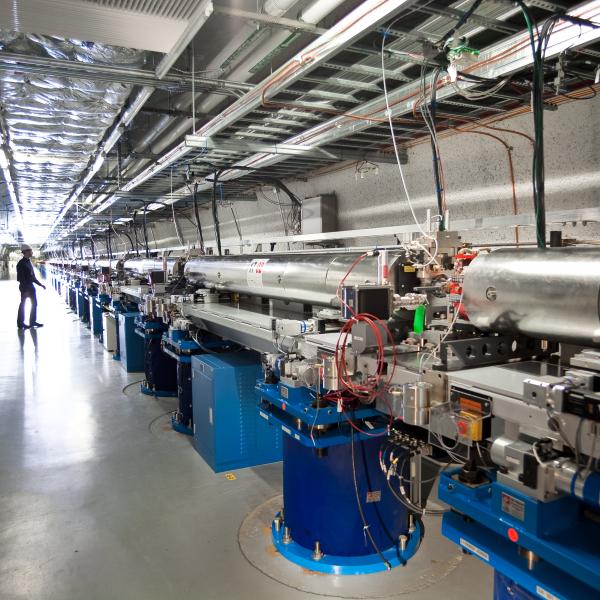inside each of our brains there are
roughly 100 billion highly specialized
cells called neurons that make about 500
trillion connections called synapses
these unique cells transmit important
information allowing us to sense and
interact with the world around us if you
were to take a closer look you would see
that this information is transmitted
between neurons using chemicals called
neurotransmitters where tiny structures
called synaptic vesicles fuse with the
membrane of one neuron and release
chemical signals into the gap where the
second neuron can receive them
scientists already knew some about how
this neurotransmission process works but
now thanks in part to over 10 years of
collaborative research between Stanford
University and SLAC National Accelerator
Laboratory along with the ultra-bright
x-rays of slack's Stanford synchrotron
radiation light source and linic
coherent light source scientists now
have a better idea of exactly how these
tiny vesicles might fuse with the
membrane of one neuron to transmit their
signals the key to this fusion is a
cooperation between special proteins
called snares and synaptotagmin one that
are then triggered by calcium to cause
the vesicle to fuse with the membrane of
the neuron when a synaptic vesicle comes
close enough to the membrane the
proteins connect with the two and enter
a pre fusion state next when the neuron
fires calcium arrives and triggers the
proteins which bend the neuronal
membrane toward the vesicle membrane and
draw the two together this finally
triggers fusion allowing the
neurotransmitters to leave the neuron
this experiment represents the first
time that scientists have seen how
synaptotagmin one interacts with the
snares at the atomic scale and
scientists are now also more confident
that this protein group is assembled
before calcium arrives allowing the
fusion process and resulting
neurotransmission to happen very quickly
getting information from point A to
point B in less than a millisecond the
end result is that our nervous system
can work at incredible speeds enabling
us to sense react to and interact with
the world around us and now that
scientists have been able to use the
bright x-rays of s srl the LCLs and the
ANL aps light source to see how this
particular process works it opens the
door to better understand our nervous
system in ways that even our brains
can't yet
